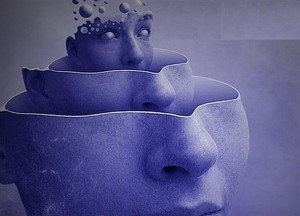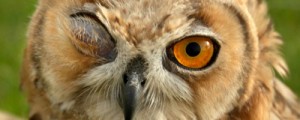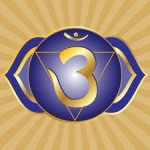Before w e start the new term, I would like to officially close the subject of the kleshas, or obstacles of the mind. It seems like such a long time ago that we discussed the last of the 5 kleshas in class. I hope this newsletter will bring it all back to you.
e start the new term, I would like to officially close the subject of the kleshas, or obstacles of the mind. It seems like such a long time ago that we discussed the last of the 5 kleshas in class. I hope this newsletter will bring it all back to you.
Abhinivesha is the last klesha or obstacle of the mind. Translated from Sanskrit, it means fear of death or clinging to life. In our everyday life we can become obsessed with remaining youthful and we do not talk about death if we can help it. In our culture we find it hard to accept death as just another part of life. Clinging to our youth or another natural phase of our lives is not going to make us happy. Accepting that we are on a continuum of change makes it easier for us to accept the process of aging.
Clinging to life can also be seen as clinging to our ego. Our society sees old age as a burden. Old people are often dismissed as needy and worthless, since they no longer financially contribute to society. But we can embrace old age as we reflect on our gaining of wisdom, a wisdom we can share with younger people. We have had our chance to be youn g and to shine, now it is their turn.
g and to shine, now it is their turn.
Abhinivesha also stands for the little losses we experience in life. Lost friendships, jobs, skills and houses or places we have lived in. All these losses belong to a phase in our lives and the more losses we collect and accept, the easier we can move on to the next stage. Abhinivesha (mental obstacle & suffering) will only appear if we are not able to let go of the natural stages of life.
I am looking forward to seeing you back this week, starting the 15th July. This term we’ll focus on general asana practice, technique and alignment. I hope you have enjoyed the philosophy of the kleshas, or obstacles of the mind. Perhaps awareness and some of the techniques to overcome these obstacles have helped you find greater contentment in your lives. My website is back up and running properly, after it has been off air for a while due to a little glitch. Over the holidays I have put all the newsletters online and you will be able to search by specific subjects of interest, just in case you would like to look back on the things we have done in class. www.innersanctumyoga.com.au
May the benefits of your practice stay with you and extend beyond you,
Namaste,
Ernestine






 Welcome to the last newsletter of the year from Inner Sanctum Yoga. It felt right that we concluded the year with the completion of our subtle energy practice by combining asanas from each chakra in one lesson. We substituted our traditional yoga nidra with a Kundalini colour meditation, which was very much enjoyed by all.
Welcome to the last newsletter of the year from Inner Sanctum Yoga. It felt right that we concluded the year with the completion of our subtle energy practice by combining asanas from each chakra in one lesson. We substituted our traditional yoga nidra with a Kundalini colour meditation, which was very much enjoyed by all.












 Shambavi
Shambavi Vishuddhi chakra
Vishuddhi chakra
 Neck rotations
Neck rotations
 Roaring Lion Pose
Roaring Lion Pose




 Fish pose (Matsyasana)
Fish pose (Matsyasana)

